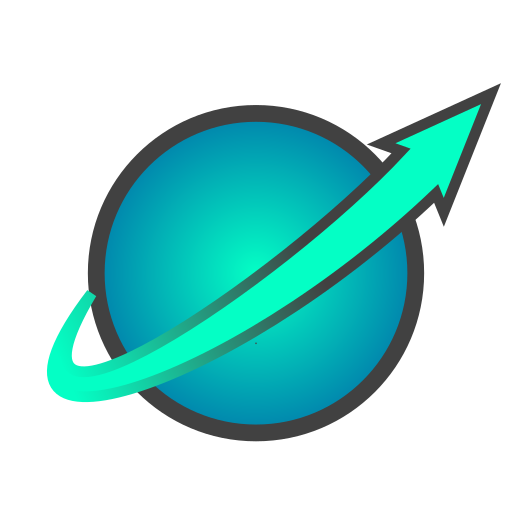
Tokenization is transforming the financial market by bringing real-world assets onto the blockchain — such as stocks, bonds, ETFs, real estate, and even physical gold. It improves liquidity, global accessibility, transparency at extremely low costs.
In 2024/2025, adoption surged: real-world asset tokenization has already exceeded US$15 billion, growing by approximately 85% in 1 year, excluding stablecoin volume. And Wall Street's suited giants have doubled down: BlackRock, KKR, and major European banks are tokenizing funds and bonds on the blockchain.
If you want to understand where the greatest opportunities lie, this guide provides:
Main classes of tokenized assets
Leading companies in each category (US, Europe, Asia, LATAM)
Where to buy: CEX, DEX, banks, and regulated platforms
Let's dive into the complete map!
Tokenized Stocks (Equities)
Stocks listed on exchanges can now be traded as tokens 24/7 — without borders or exchange hours.
Where to buy
- Compatible CEXs (Kraken with xStocks)
- Licensed marketplaces like Dinari
- DEXs (when the token is released on-chain)
Tokenized Bonds
Today, the US Treasury is the biggest driver of tokenization.
Where to buy
- DEXs (e.g., Uniswap for Ondo tokens)
- Regulated platforms (Euroclear, Institutional Issuers)
Tokenized ETFs
Still in early stages — but with traditional asset managers entering strongly.
Where to buy
- Gemini (EU)
- Kraken with xStocks
- Eventually via DEXs
🪙Tokenized Commodities
Gold is the biggest success story: a secure, auditable, and globally tradable token.
Where to buy
- Binance, Coinbase, Kraken (for PAXG)
- DEXs like Uniswap
Tokenized Real Estate
Allows investment in real estate worldwide with low values and liquidity.
Where to buy
- Proprietary platforms (RealT, BTG Digital Assets)
- DEXs (ERC-20 compatible)
Stablecoins (the largest tokenized market)
The foundation of digital liquidity, used to buy all the assets above.
Where to buy
- ANY exchange or DEX
- Banking and fintech on-ramps
What Does This Mean For Investors?
Benefits
- More access: you can buy fractions of global assets
- Lower barrier: without needing international brokers
- Real liquidity: 24/7 buying and selling
- Blockchain: proof of custody and continuous audit
Risks to observe
- Evolving regulation
- Not all tokenization has secondary liquidity
- Custodians and audits are crucial
We Are at the Beginning of a
Trillion-Dollar Market
Major consulting firms project that tokenization could reach up to US$19 trillion by 2033.
The tokenization of RWAs is accelerating. In 2025, major institutions are entering: Securitize partnered with BlackRock and KKR, who then launched tokenized funds (BUIDL, XFunds); European banks and agencies (ECB, Euroclear, central banks) are testing DLT for securities settlement. Reports predict a jump from current ~US$600 billion to ~US$19 trillion by 2033 [binance.com]. In parallel, governments are creating legal frameworks: the EU approved MiCA (including stablecoin rules) and facilitates sandboxes (France, Italy have tokenized bonds); in Latin America, Brazil (VAS Law), Colombia, and Argentina are implementing test regimes for tokens. Despite regulatory challenges, the convergence of traditional finance and blockchain expands the reach of capital markets, democratizing access and liquidity to real-world assets [mckinsey.cominvestax.io].
In other words: we are in 2025 ≈ 1998 of the internet — still at the beginning, but with the giants already positioned on the offensive.

DisclaimerThis content is for informational and educational purposes only. It does not constitute a recommendation to buy or sell any financial assets, tokenized or otherwise. Investments in variable income assets, crypto assets, and tokens backed by real assets involve risks, including the total loss of invested capital. Before investing, consult an authorized professional and assess your risk tolerance, investor profile, objectives, and investment horizon. The digital asset market carries high regulatory risk and variable liquidity. Always conduct your own due diligence (DYOR – Do Your Own Research).

